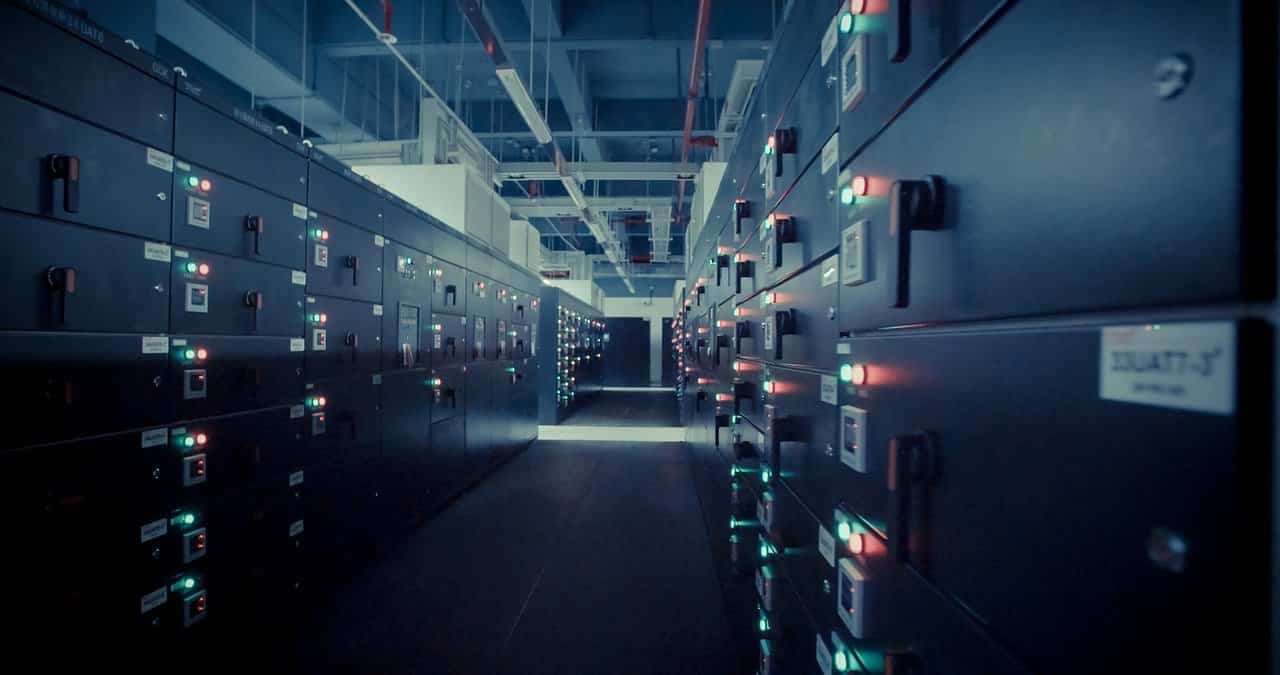Protocol Data Unit (PDU) in Networking: What is it?
In the world of networking, data transmission plays a crucial role in ensuring seamless communication between devices. The Protocol Data Unit (PDU) is a fundamental concept in this domain. Understanding PDUs is essential for networking professionals, IT enthusiasts, and anyone working with computer networks. This article will provide an in-depth explanation of PDUs, their types, and their role in various network layers.
What is a Protocol Data Unit (PDU)?
A Protocol Data Unit (PDU) is a specific unit of data that is transmitted over a network. PDUs are structured according to the rules and protocols of the corresponding layer in the OSI (Open Systems Interconnection) model or TCP/IP model. Each layer of the network stack has a different PDU format, which facilitates data encapsulation, transmission, and communication.
PDUs in the OSI Model
The OSI model consists of seven layers, each with its own designated Protocol Data Unit. Below is a breakdown of PDUs at different layers:
- Physical Layer: This layer deals with raw bits, and hence, the PDU is simply referred to as bits.
- Data Link Layer: This layer structures data into frames for transmission between directly connected nodes.
- Network Layer: The PDU at this layer is called a packet and includes logical addressing (such as IP addresses) for routing purposes.
- Transport Layer: Here, the PDU is known as a segment (in TCP) or a datagram (in UDP), providing reliable or connectionless data delivery.
- Session Layer: The PDU at this layer is referred to as data, helping in session management.
- Presentation Layer: This layer also processes data, ensuring proper encryption, compression, and translation.
- Application Layer: At the highest layer, the PDU remains as data, as it represents user-generated or application-specific content.

Protocol Data Units in the TCP/IP Model
The TCP/IP model simplifies the OSI model into four layers:
- Link Layer: Uses frames as its PDU.
- Internet Layer: Uses packets for logical addressing and routing.
- Transport Layer: Uses segments (TCP) or datagrams (UDP).
- Application Layer: Uses data as the PDU for communication between applications.
Importance of Protocol Data Units in Networking
PDUs play a vital role in efficient data transmission and communication by:
- Defining a structured format for data exchange at each network layer.
- Enabling encapsulation and decapsulation processes, ensuring smooth data flow.
- Facilitating error detection, retransmission, and routing in a network.
- Ensuring interoperability between different devices and network protocols.
Conclusion
Understanding Protocol Data Units (PDUs) is essential for anyone dealing with networking and data transmission. By knowing how PDUs function at different OSI and TCP/IP layers, professionals can better troubleshoot network issues, optimize performance, and ensure seamless communication. Whether you are a networking student or an IT expert, mastering the concept of PDUs will enhance your grasp of network operations and protocols.